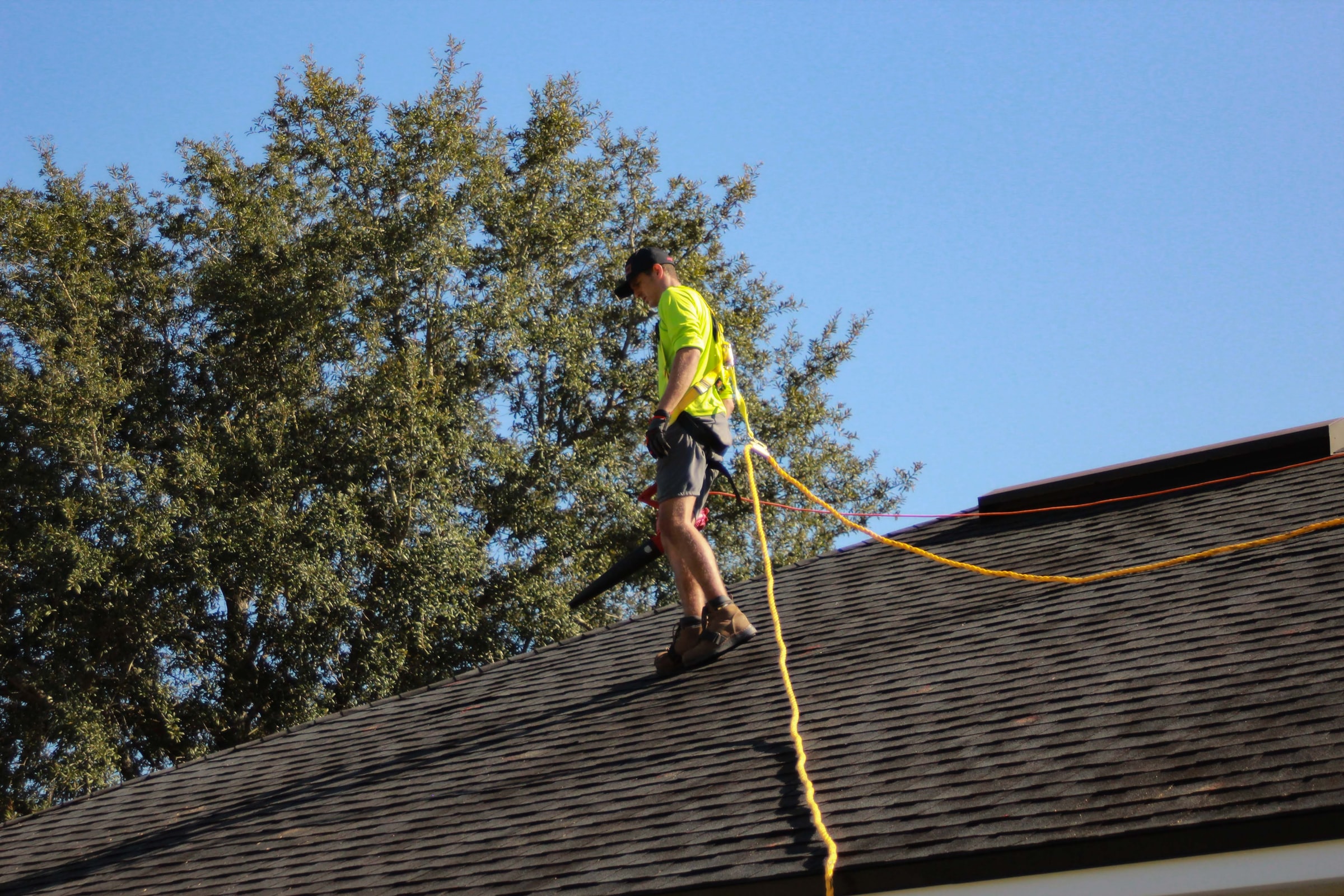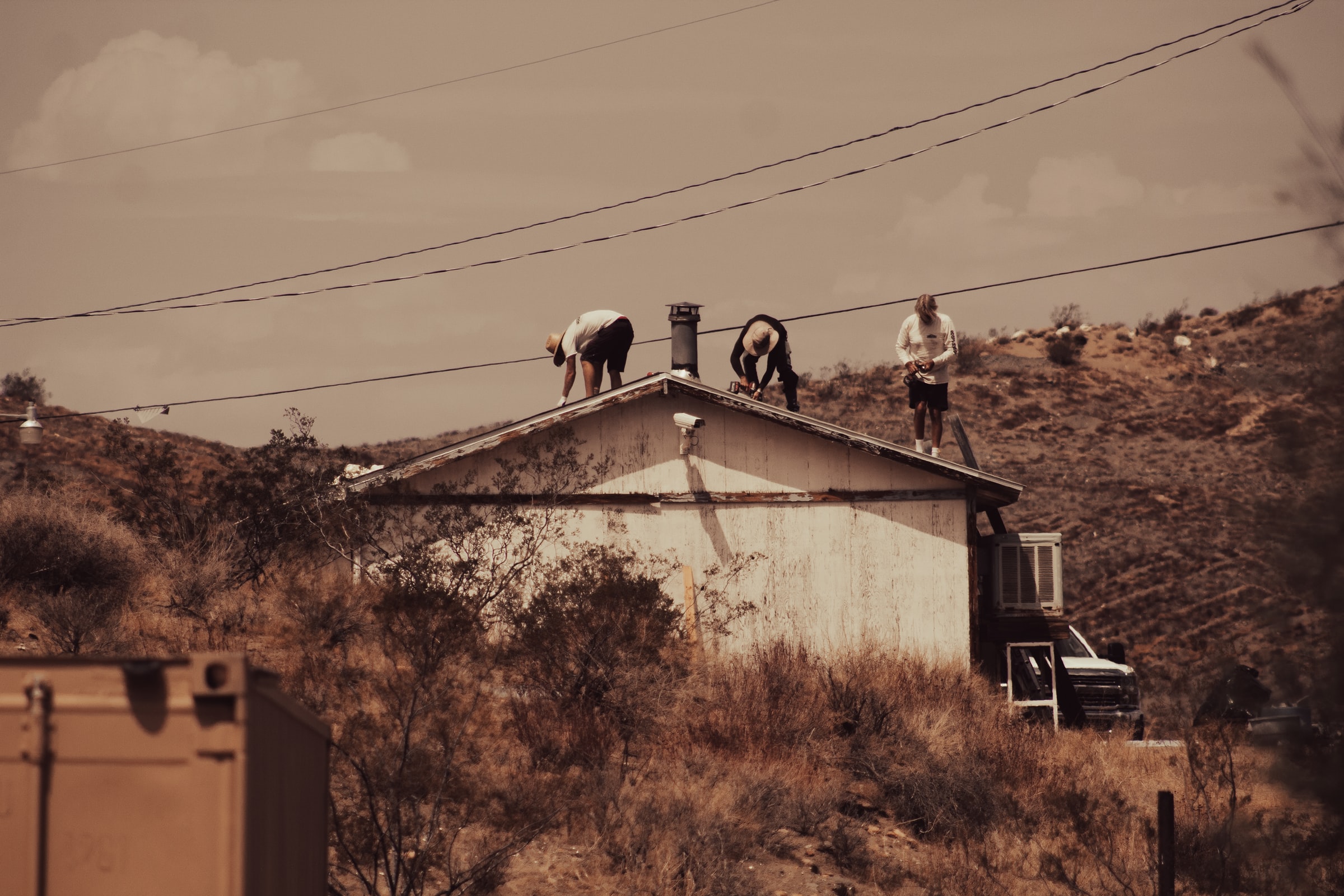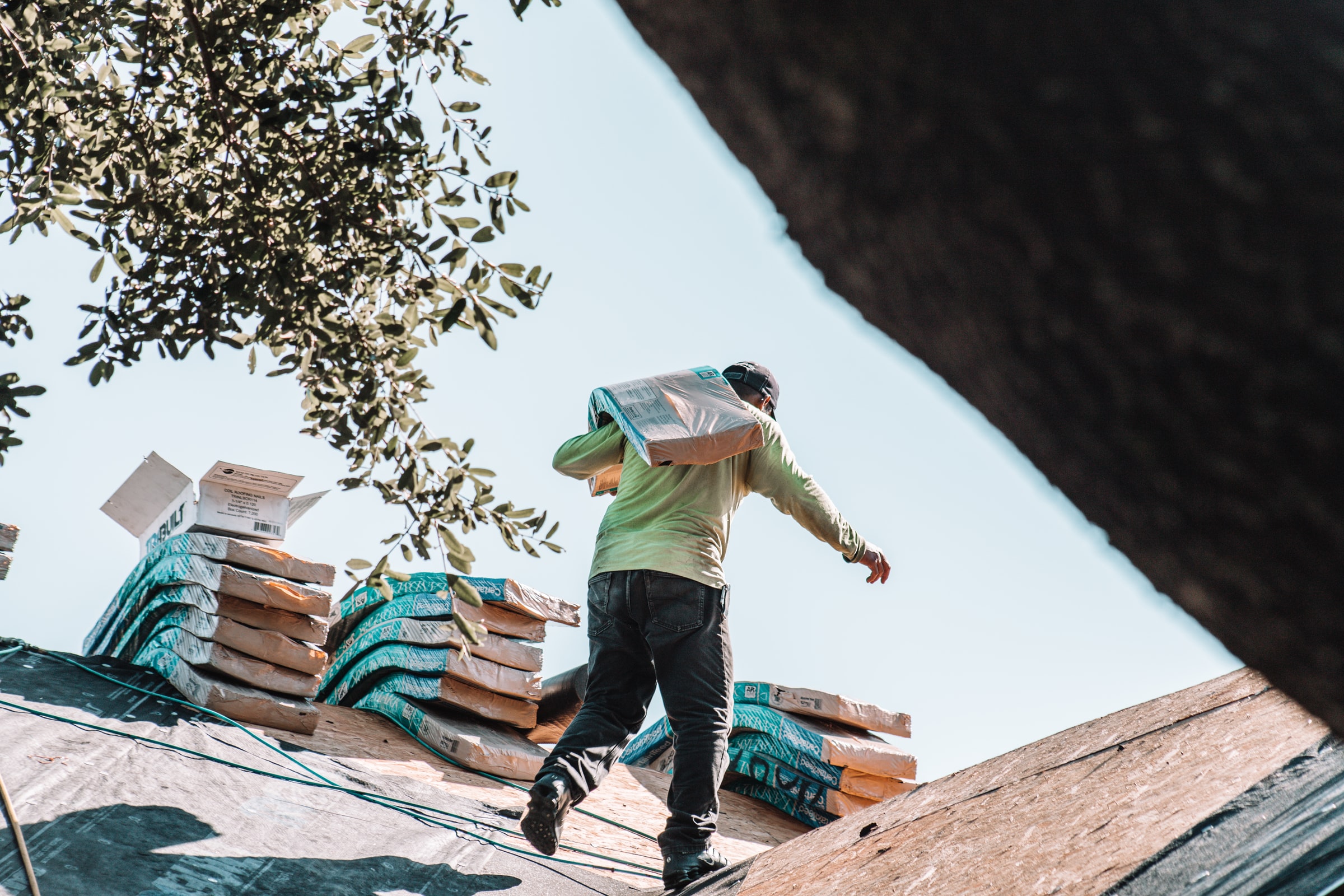The roof of a house is the part most exposed to the weather. While the facades are also exposed, the roof is the most important part since it is the part that overhangs the structure. Although it is subject to aesthetic choices to embellish a building, its practical side must be taken into account when choosing it.
1. Evaluation of the climatic conditions

Before undertaking any roofing work, it is necessary to take into account several elements, including the climate. Indeed, knowing your region’s climate allows you to choose the ideal roof better to protect yourself from the potential vagaries of the weather.
We talk less about the destructive potential of nature, and in particular the climate, as if we had forgotten that it is exactly for these reasons that we have been looking for the best way to protect ourselves from it since the dawn of time. Indeed, if everyone wants to perfect their home, it is to create a peaceful and comfortable atmosphere inside.
2. The choice of material
There are many materials on the market, each with its own specificities. The material with which it is made can have a considerable impact on the durability of a roof. People tend to opt for fairly light and classic materials in warm regions to avoid the structure being too bulky.
While in colder regions, roofs are more compact and thicker to ensure optimal interior temperature. Its natural properties give it considerable advantages in terms of strength, waterproofing, and insulation. However, some materials are known to adapt to any environment, such as wood.
3. Insulation work

Insulation is a priority if you want to enjoy indoor comfort at all costs. Well insulated, the roof limits the risks of heat loss. In periods of extreme cold, a well-insulated roof prevents the coolness from penetrating while keeping the heat inside, while in summer, it should be able to do the opposite. Apart from temperature, other weather disturbances such as rain or snow are also potential threats. The roof must therefore be watertight enough to withstand these hazards.
4. The Framing
Although the roofing is the exterior element and therefore directly exposed to the weather, the framing is the basic structure that reinforces the roof’s strength. It must be strong enough to support the roofing and serve as a last line of defense if the roofing fails under the pressure of the elements such as storms, snowfall, or heavy rain.
5. The finish
Even when made of good material, a roof cannot fully perform its role if it is poorly finished. For this, it is also important to give importance to the quality of the work and the result that there is at the end. Its role as a roofing system requires that the roof be equipped with a foolproof rigidity. Therefore, it must be reinforced from its conception to be prepared for any aggression. The assembly of the different elements must follow precise standards.
6. Be constantly on guard

Since danger never prevents, it is imperative always to ensure the resistance and solidity of your roof. This inspection allows the detection of flaws or imperfections that could lead to disastrous consequences in the more or less near future. Therefore, periodic follow-ups are recommended, even if everything seems to be going well.
If detected in time, these anomalies can be corrected. Speaking of renovation, it is strongly advised to entrust the work to experienced roofers to ensure an impeccable result and avoid making careless mistakes. You may want to repair your roof when only one or two shingles are missing due to violent wind- this is related to repair that can be easily done and are inexpensive.
No matter the material used, if it is partly damaged, you can try to repair it. Except if the material is too complex. If the damage is considerable but limited to a part of the roof, you can consider repairing it. It will be better than doing a complete re-roofing project and less expensive.
Sound off in the comments section below and tell us what you want to read next and if you want to read more about roofing.



Pingback: 3 Things To Know About Roofing | MyHome